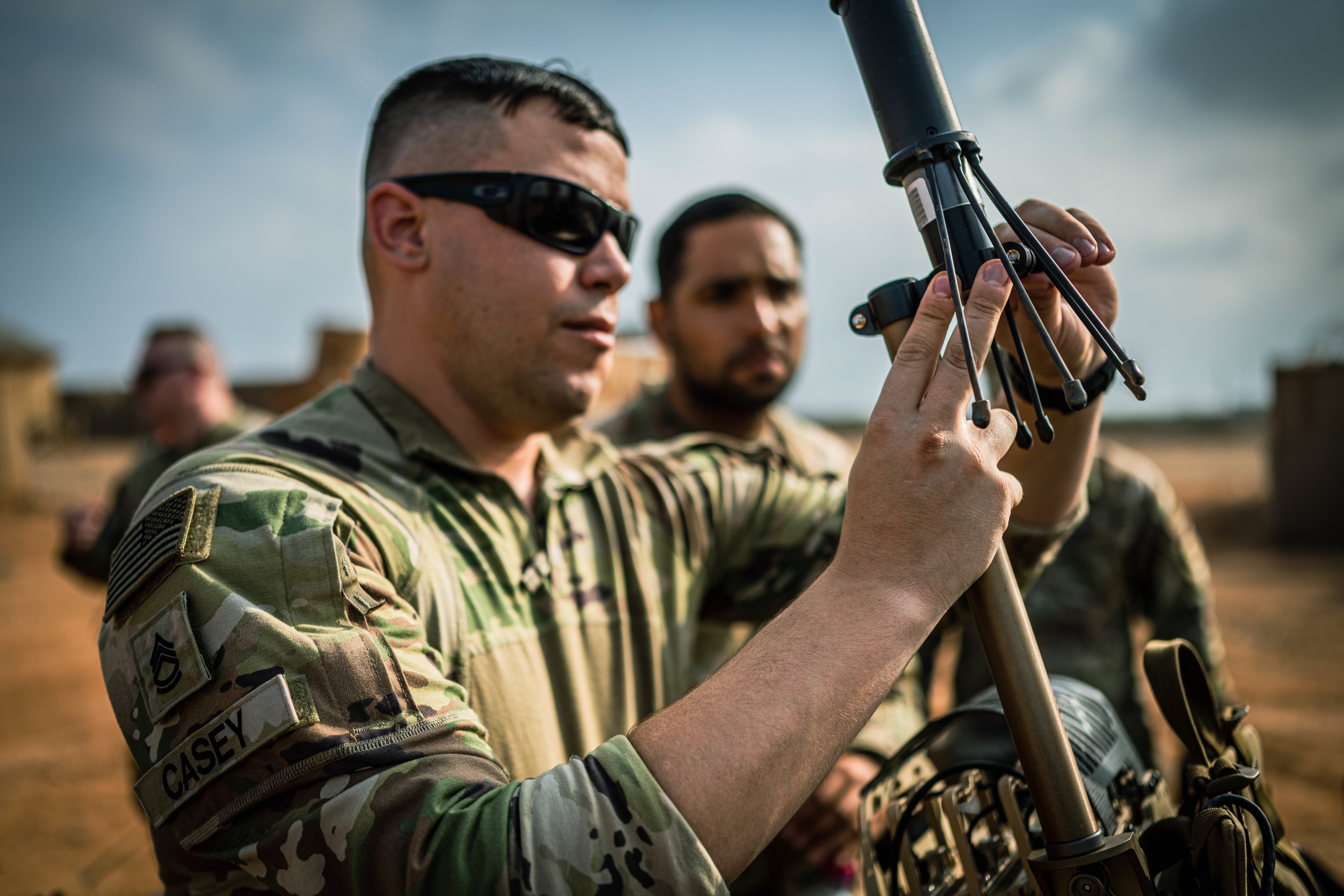NATIONAL HARBOR, Md. — Executives with L3Harris Technologies said the company will hit a development milestone for its Viper Shield electronic warfare package this month, with production on track for 2025.
L3Harris is constructing Viper Shield, a collection of digital protections and countermeasures, for fitting aboard Lockheed Martin F-16 Block 70/72 jets sold to foreign militaries. More than a dozen countries planned to fly the variants when the company was first tapped for the work.
The soon-to-come milestone, known as “drop 3,” signifies initial radar warning receiver capability, meaning the system can detect emissions of adversarial radar.
“Winning in the next fight isn’t just about what you can do platform by platform. It’s being able to harness all of that data that’s out there, and being able to do that in real time, or near-real time,” Jen Lewis, president for advanced combat systems at L3Harris, told C4ISRNET on the sidelines of the Association of Old Crows conference in Maryland. The company this year said Viper Shield passed a separate review involving Lockheed and the Air Force.
“I think we’re really ahead of the field here, in terms of thinking about how you get after the electromagnetic spectrum operations and data problem,” Lewis added.
RELATED

Aircraft must navigate environments teeming with radars, missiles and other threats. Penetrating — or slipping past — those defenses is critical. Both Russia and China have constructed anti-access and area-denial infrastructure to keep at bay forces and weapons that could otherwise overwhelm.
The U.S. Department of Defense is prioritizing sophisticated EW tools as it moves away from smaller counterinsurgency fighting in the Greater Middle East and prepares for larger-scale, higher-tech battles envisioned for the future.
“Democratization of technology has enabled adversaries to develop things rather quickly. We have been comfortable, as a nation, with having superiority in that domain. But, again, with your playbook on display, folks get smarter about how to counter it,” Paul DeLia, a director of strategy development at L3Harris, said. “I’m very happy to see a reinvigoration of electronic warfare. It’s a necessary bullet, if you would, in the gun in order to be successful in the next conflict.”
L3Harris is the ninth largest contractor in the world when ranked by defense-related revenue, according to Defense News Top 100 analysis. The company earned nearly $14 billion in 2022.
Colin Demarest was a reporter at C4ISRNET, where he covered military networks, cyber and IT. Colin had previously covered the Department of Energy and its National Nuclear Security Administration — namely Cold War cleanup and nuclear weapons development — for a daily newspaper in South Carolina. Colin is also an award-winning photographer.








